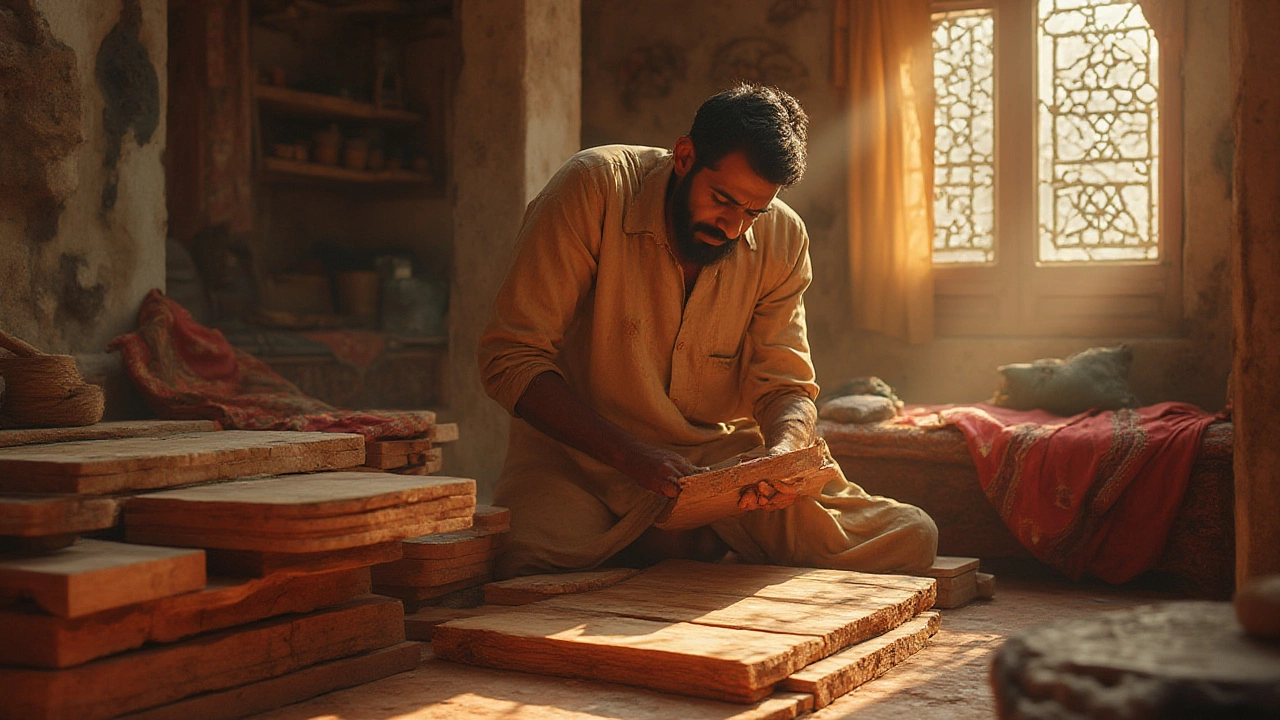Best Wood for Coffee Tables: A Practical Guide to Picking the Right Material
Staring at a blank coffee table spot can feel overwhelming. The wood you choose sets the tone for the whole room, but you don’t need a degree in furniture design to get it right. Below are the most popular woods, what makes them tick, and simple tips to match them to your lifestyle.
Top 5 Wood Choices for Coffee Tables
1. Oak – Oak is a classic. It’s hard, resists dents, and takes stains well. If you love a light‑to‑medium grain look that ages gracefully, oak is a safe bet. It works with both rustic and modern décor.
2. Walnut – Walnut offers a rich, dark hue that adds drama without looking heavy. It’s softer than oak, so a protective finish is a must if you have kids or pets. The deep grain makes each piece feel unique.
3. Maple – Maple’s tight grain gives a smooth, clean surface. It’s harder than walnut, making it good for high‑traffic areas. A clear coat keeps the natural light color from yellowing over time.
4. Teak – Teak is famous for outdoor use, but it shines indoors too. Its natural oils protect against moisture and scratches, making it perfect for coffee tables that double as snack stations.
5. Bamboo – Technically a grass, bamboo behaves like hardwood. It’s lightweight, eco‑friendly, and has a distinctive linear pattern. It’s a good choice when you want sustainability without sacrificing strength.
How to Choose the Right Wood for Your Space
First, think about traffic. If your family gathers around the table daily, prioritize hardness and a finish that resists spills. Oak and maple score high here.
Second, match the wood tone to existing furniture. Light woods (oak, maple) pair well with white walls and pastel accents, while dark woods (walnut, teak) complement bold colors and metallic fixtures.Third, consider maintenance. Dark woods show scratches more, so a wipe‑clean surface or a glass top can protect the finish. Light woods may need a UV‑blocking seal to keep the color stable.
Finally, set a budget. Oak and maple are generally affordable, walnut and teak sit in the mid‑range, and high‑grade bamboo can be pricey if sourced sustainably.
When you shop, ask for a sample slab. Hold it up to your lighting and see how the grain reacts. A quick scratch test with a fingernail can also reveal hardness—harder woods resist marks better.
Pairing your coffee table with the right rug, as discussed in our "Should You Put a Rug Under Your Coffee Table?" post, adds comfort and protects the wood floor underneath.
In short, the best wood for coffee tables depends on how you use the piece, the look you crave, and how much upkeep you’re willing to do. Pick one of the five woods above, match it to your décor, and you’ll have a table that looks good and lasts for years.
How Thick Should Wood Be for a Coffee Table? Expert Tips and Best Practices
Wondering how thick your coffee table wood should be? This guide covers ideal wood thickness, design, durability tips, and expert advice for building the perfect coffee table.





